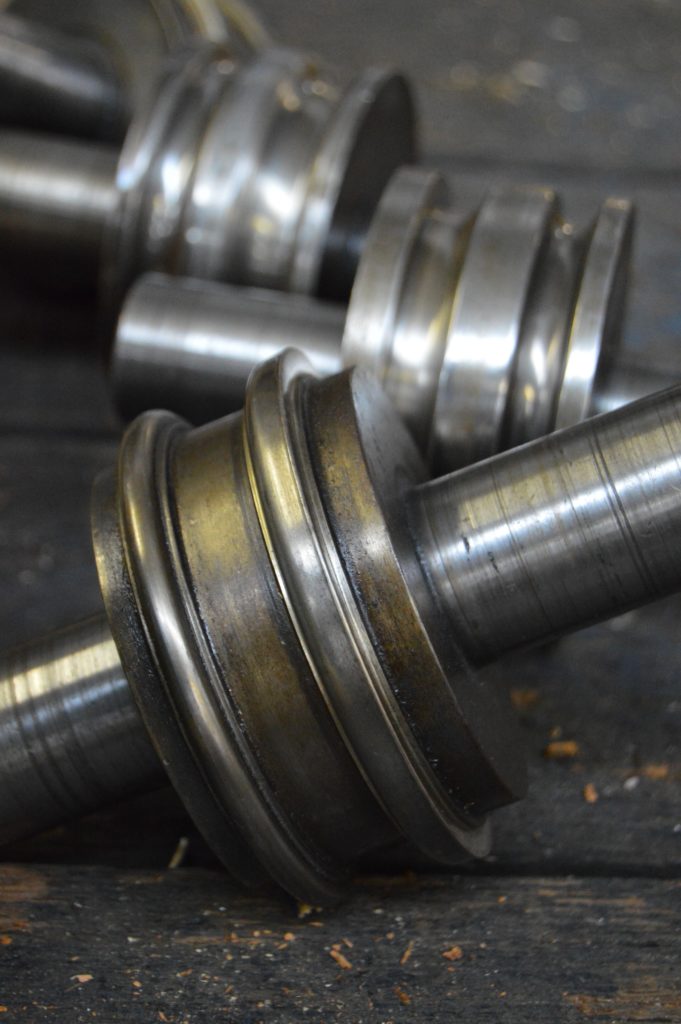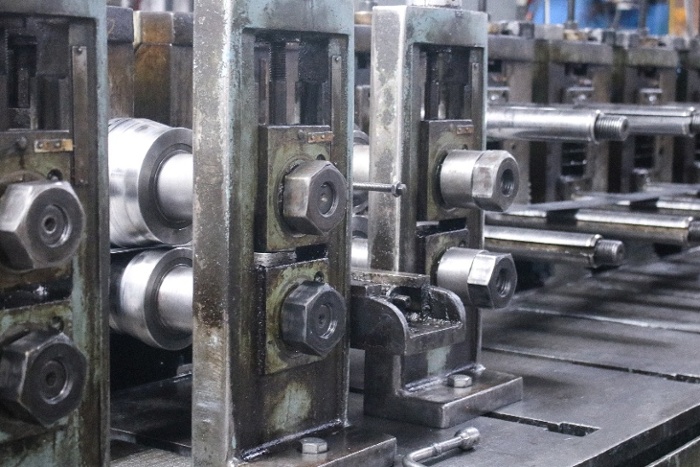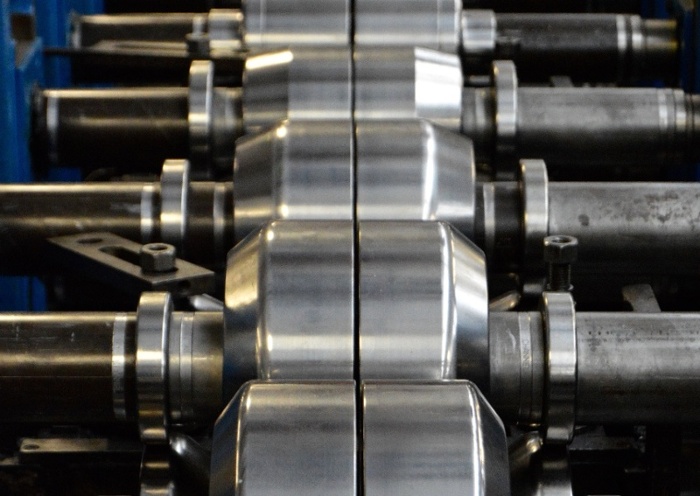Warehouse Shelving
Think of the last trip you made to a grocery store. Chances are, the cereal, frozen vegetables, soft drinks, and household cleaning products you purchased weren’t produced anywhere near where you live. They all spent time in at least one warehouse before showing up in your favorite store.
Without roll formed parts, warehouse distribution would not function at the level it does today.
Roll Formed Parts for Warehouse Shelving
Many warehouse storage parts are long, slender, and perfect for roll forming, such as:
- Pallet racks
- Conveyors
- Shelving posts
- Shelving supports
- Cross members
- Metal joists
- Wall brackets
- Automated pallet rails
- And more
Roll forming creates components with structural integrity. These can be designed to match with mating parts.
WHY DAHLSTROM?
Dahlstrom Roll Form has created superior custom roll formed products since 1904.
Along with consistently producing the highest-quality components in an ISO 9001:2015 facility, Dahlstrom offers the following services to all of our customers:
- Dedicated account managers
- Personalized quarterly reviews
- 99% on-time delivery commitment
- Custom vendor-managed inventory
- Expert tool design & part optimization
- Pass-through raw material pricing
- Tailored packaging & logistics
- Minor assembly & washing
Learn how roll forming can help your industry. Fill out the form:
Roll Forming Advantages
Warehouse storage systems need a high volume of long, slender parts, which is roll forming’s specialty. Roll forming is a highly repeatable process. Once the tooling is in place, roll forming produces components more consistently than other metal shaping processes, even over long runs.
Why should you consider roll forming for warehouse storage parts? Roll forming can fabricate parts with:
- Huge volumes
- Tolerance control
- Complex profiles
- Inline punching for accepting mating parts
- Tricky hole patterns
Hole punching, bending, and cutting to length can easily fit into one continuous process rather than separate steps. Roll forming is a more cost-effective and productive method in all these cases.






